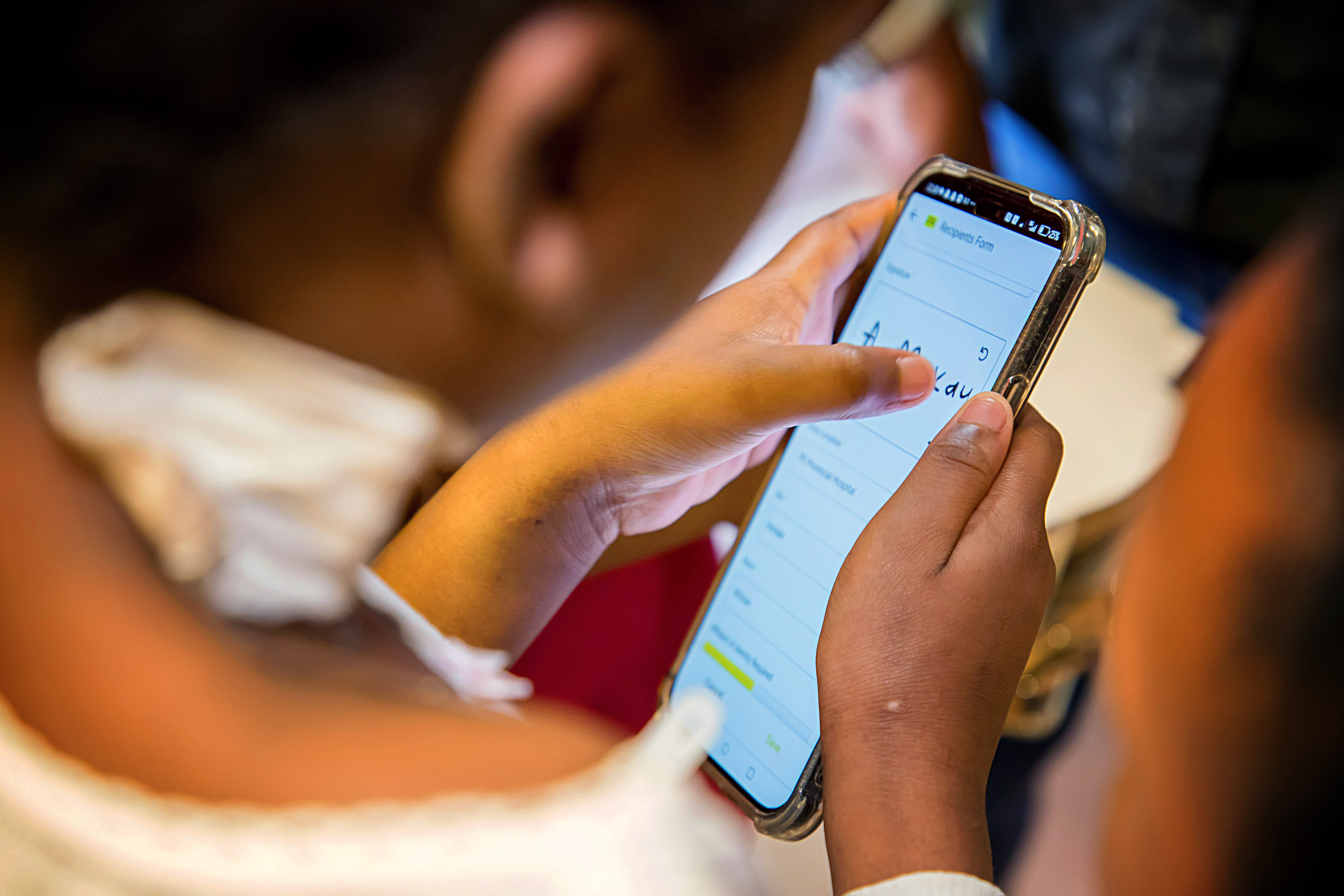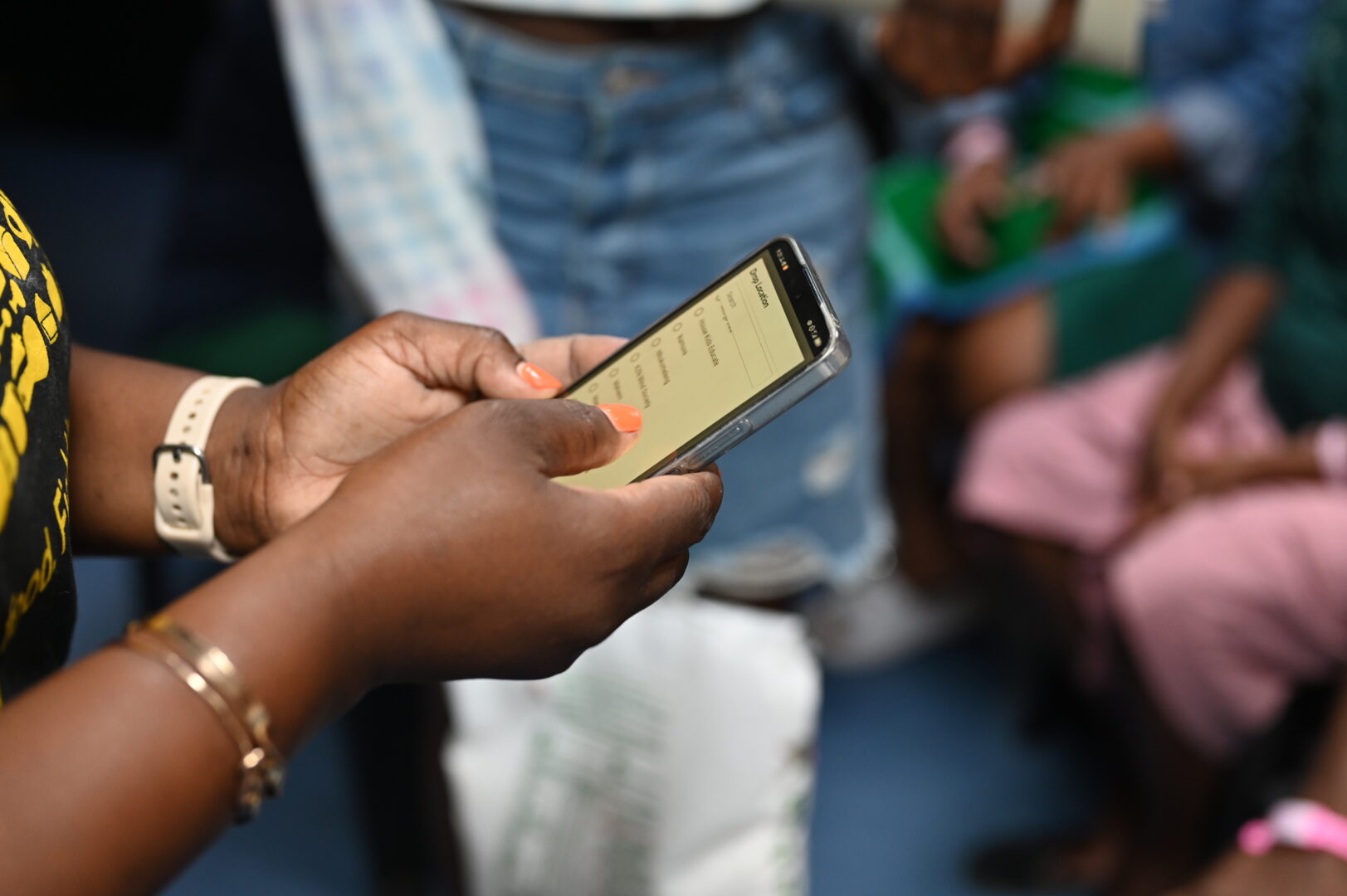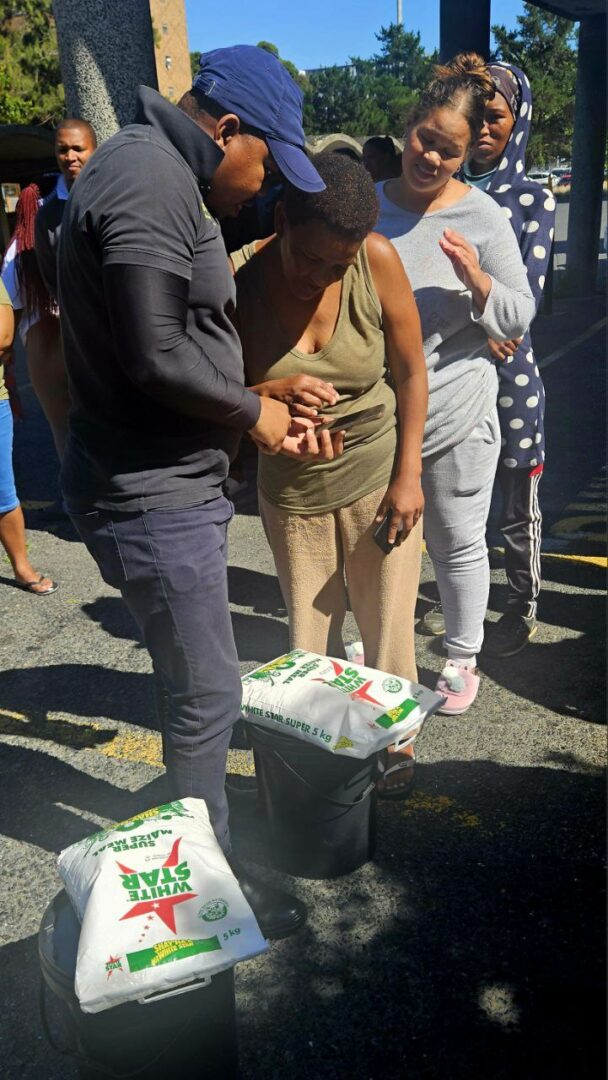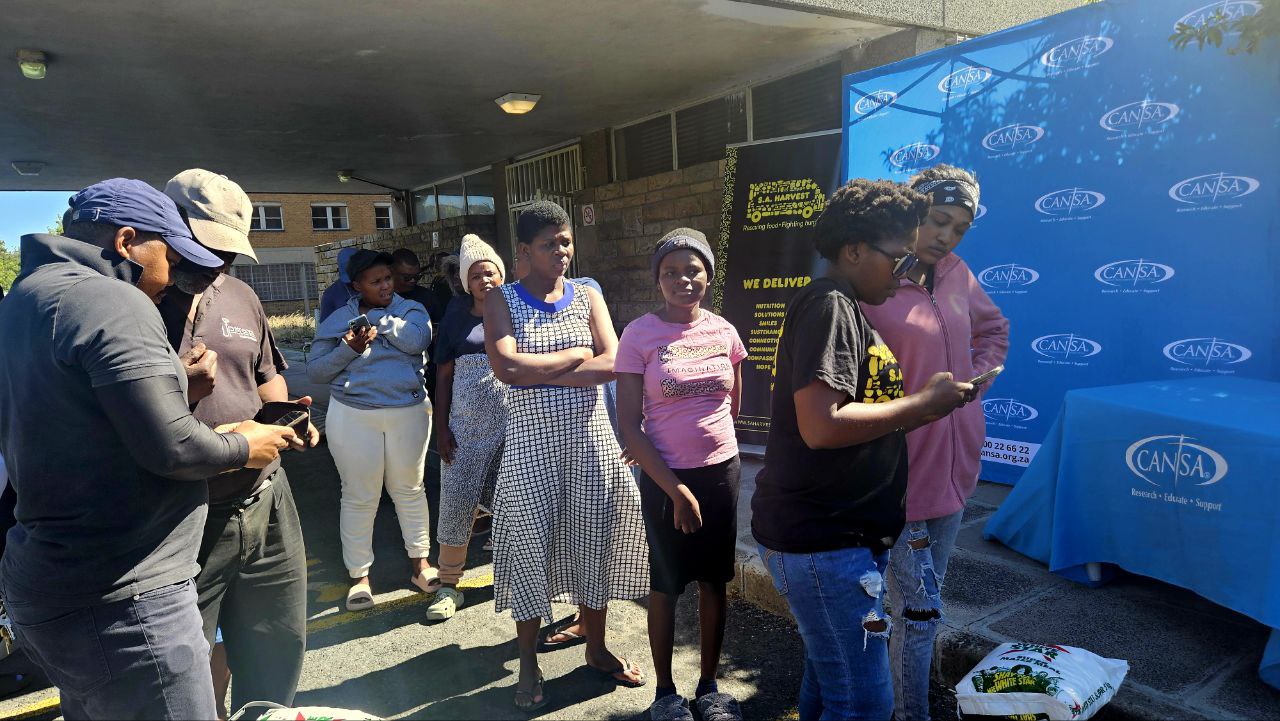Food as a relational currency, tech as the enabler: A new blueprint for systematic impact.
 Beneficiary vetting on the app
Beneficiary vetting on the app
In a bold move to reshape how food aid is distributed across South Africa’s informal economy, SA Harvest has launched a smart, tech-enabled beneficiary vetting system in the form of an app. Developed in partnership with Garnish Global, the system ensures that food reaches legitimate, active community-based organisations (CBOs), while generating rich data that fuels broader social impact.
SA Harvest, South Africa’s leading food rescue organisation, is leveraging technology not just to deliver food, but to deepen relationships, gather insights and spotlight the rising stars in the hunger relief ecosystem. As COO Ozzy Nel explains: “Food is our starting point – our currency – but our real work is about enabling systematic change. This vetting system gives us visibility into the lives, challenges and strengths of our CBO partners. We’re building trust, collecting data and becoming a conduit for others to invest meaningfully in community development.”
Why a vetting system, and why now?
With over 300 beneficiary organisations in Johannesburg, Durban, and Cape Town, SA Harvest aims to address the perceived fragmentation of South Africa’s informal food economy, where many feeding schemes operate without official documentation, registration or safety oversight. The new vetting system introduces structure without exclusion, allowing CBOs to remain accessible while ensuring traceability, transparency and impact.
Tech-powered trust: How the system works
Developed with Garnish Global, the vetting system includes:
- Real-time beneficiary tracking to confirm legitimacy and activity
- Digital receipts and geo-tagging to verify food deliveries
- Automated fraud detection to flag inconsistencies
- Low-data usability to accommodate CBOs with limited internet access
 App-based beneficiary vetting
App-based beneficiary vetting
CBOs submit information via an app – including photos, operational data and food safety indicators – and SA Harvest teams conduct on-the-ground verification to ensure accuracy. This dual model combines digital credibility with human insight.
“We’re not just gathering data,” says Lauren Henderson, founder of Garnish Global, “we are collecting evidence of need, capacity and opportunity. For example, if a beneficiary claims they have a kitchen, they must show proof through a picture. This technology-driven approach allows us to gather information more efficiently and use it to secure more food for those in need,” she says.
By formalising food distribution and integrating real-time monitoring, SA Harvest is strengthening accountability within an unstructured system, reducing inefficiencies, and enhancing the overall effectiveness of food relief efforts.
Community-led verification and conduit for change
The app is only the first layer. SA Harvest’s local teams verify each organisation through partnerships with community leaders, NGOs and regional networks. Regular monitoring ensures that beneficiaries remain active and compliant and the data enables SA Harvest to report on much more than food.
“We now know where the gaps are,” says Nel, “not just in meals, but in education, infrastructure, clothing and nutrition. The data shows us where communities are under pressure – and where there’s potential for others to plug in and help lift the entire ecosystem.”
Case in point: Tehillah Community Collaborative
One standout story emerged to illustrate the power of the collective: Tehillah Community Collaborative, a CBO in the SA Harvest network, was flagged as a high-impact organisation with limited resources. After logging their urgent need for beds, SA Harvest connected them to a partner in the logistics and furniture sectors – resulting in the delivery of essential beds within days.
“That is what we mean by being a conduit,” says Nel. “We don’t have to solve everything ourselves – we just need the right information and the right relationships.”
 Families receiving support
Families receiving support
A phased approach to implementation
The beneficiary vetting system is being rolled out in three phases:
- Phase 1 (March 2025) – Beneficiary vetting
- Phase 2 (April–May 2025) – Community-level data collection, conducted quarterly
- Phase 3 (Q3 2025) – Education and training for beneficiaries, aligned with WHO food safety standards
- Phase 4 (Q4 2025) – Education and training to create sustainable change for the communities including agriculture to learn how to grow fruit and vegetables within the community.
A national rollout is planned across all SA Harvest operations, ensuring broad adoption of this structured vetting system.
Henderson explains the significance of this multi-stage approach: “We’re executing phase one now – vetting beneficiaries. Phase two, which focuses on data collection within communities, is set to begin in April or May. By the third quarter, we will introduce an educational component, starting with WHO food safety training for all beneficiaries,” she says.
SA Harvest is building a more sustainable model that extends beyond short-term relief by ensuring that food aid is distributed safely and equipping beneficiaries with the necessary skills to improve food security.
 Beneficiary vetting
Beneficiary vetting
Driving systemic change through transparency
As part of its commitment to transparency, SA Harvest will publish quarterly impact reports detailing the outcomes of its beneficiary vetting and food distribution processes. While certain proprietary data will remain protected, insights from the programme will contribute to broader food security initiatives, including potential white papers and academic collaborations.
“To solve hunger, we need to see the whole picture,” says Nel. “And the only way to do that is through real-time data and trust-based relationships. This system enables us to do both – and invites other organisations to join the ecosystem and contribute to solutions.”
By positioning food as a relationship-builder, SA Harvest is offering more than meals — it’s building a blueprint for measurable, ethical, and community-led food security. The system is open-ended by design, allowing other stakeholders to collaborate, support CBOs, and scale collective impact.